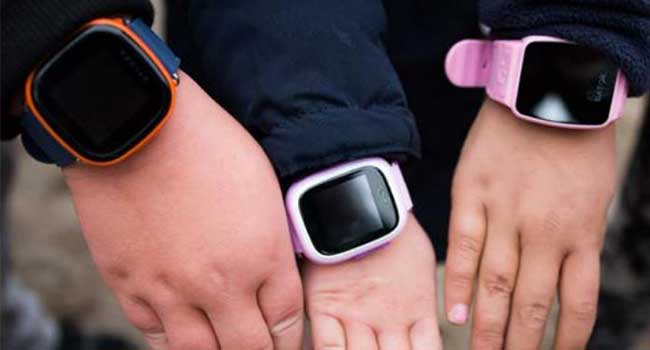
Vulnerability in Children's Smart Watch Could Reveal Location
Some smart watches geared towards children have series security flaws.
- By Sydny Shepard
- Oct 20, 2017
Researchers have found that a smart watch marketed towards children has several gaping security holes that could allow a hacker to eavesdrop and see the exact location of the wearer.
The many glaring security flaws were discovered by security firm, Mnemonic, which analyzed the Gator, Tinitell, Viksfjord/SeTracker and Xplora smartwatches. The devices are marketed as a way for parents to keep tabs on and communicate with their children via apps, but some have very serious vulnerabilies that could allow a stranger to take advantage of a smart device on a child's wrist.
"Three of the four watches that were tested were found to contain significant security flaws," Mnemonic wrote in its report. "The flaws are not technically difficult to exploit, and in two cases, allow a third party to surreptitiously take control over the watch."
The Gator 2, Viksfjord/SeTracker and Xplora devices were all found to have multiple serious and practical attacks. In the Gator 2, for example, a hacker could completely hijack the device, allowing the attacker to track its current location (and hence, the location of its child wearer) and location history. It also gives the hacker the ability to send voice messages to the watch and edit the contact phone numbers it stores.
The Viksfjord/SeTracker, according to the report, can be used as a "remotely controllable listening device," or allow the hacker to communicate with the child.
And the researchers were also able to access sensitive data from other Xplora customers, including locations, names, and phone numbers — suggesting it is not being stored properly.
Meanwhile, none of the four devices give users the option to delete their accounts or have location data delete automatically after a set period of time. Only the Tinitell promises to implement reasonable security standards, Mnemonic said.
About the Author
Sydny Shepard is the Executive Editor of Campus Security & Life Safety.